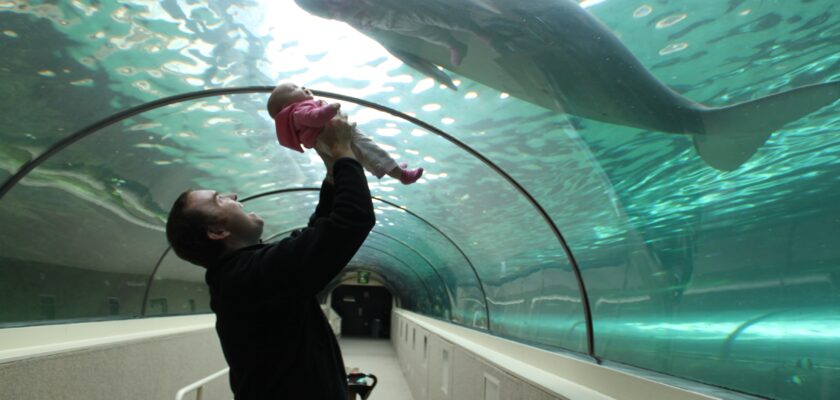Sydney Aquarium
Sydney Aquarium is one of Australia’s top attractions, located in Darling Harbour. It is visited by about 1 million people a year annually, more than half of whom are visitors from overseas. The aquarium was opened in Sydney in 1988 to coincide with Australia’s 200th anniversary celebrations and is one of the largest aquariums in the world. Impressions received from the excursion to this unique structure, remembered for a long time: only here you can for a few hours to get acquainted with almost all representatives of Australian fauna and flora, living in coastal waters and freshwater reservoirs of the continent.
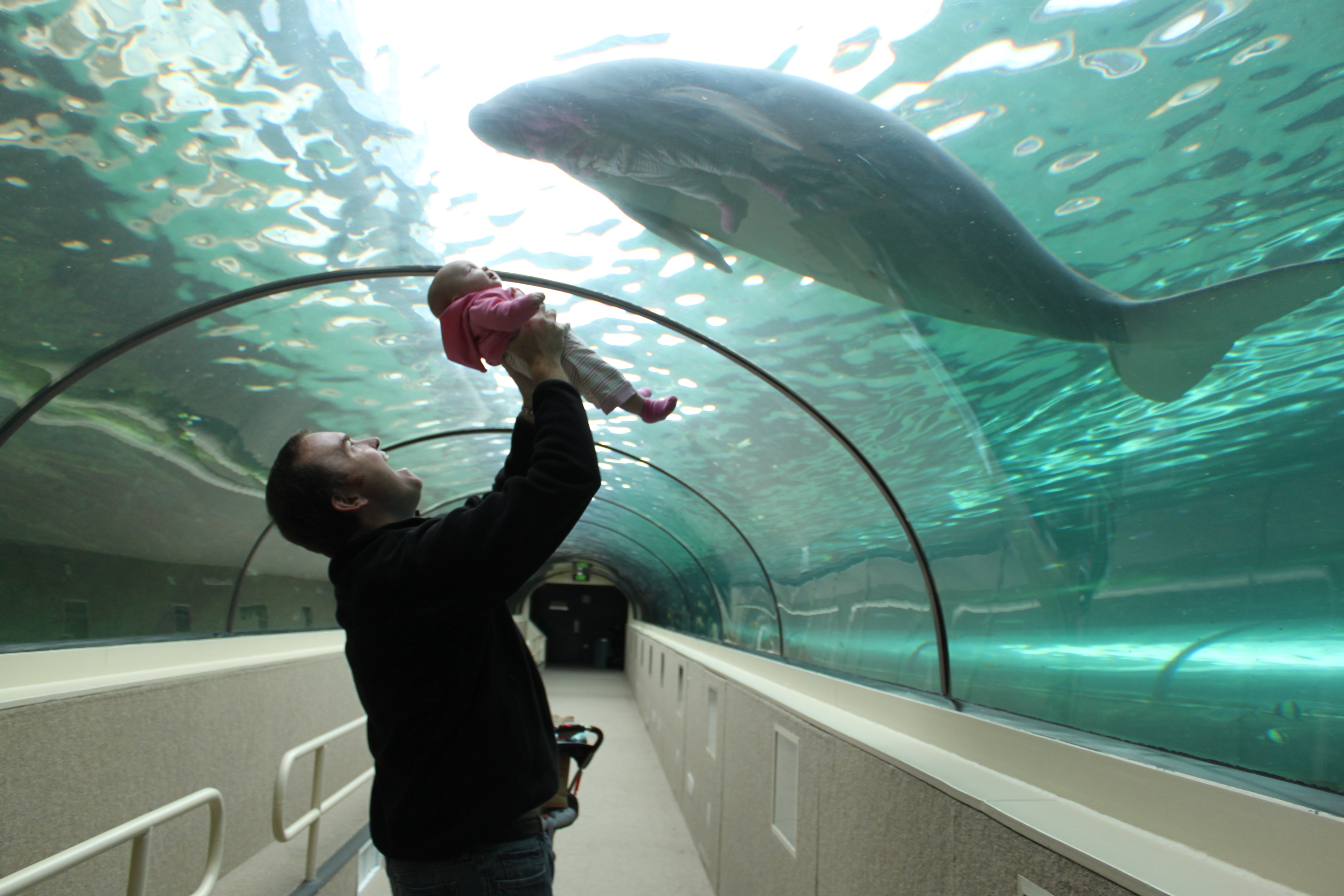
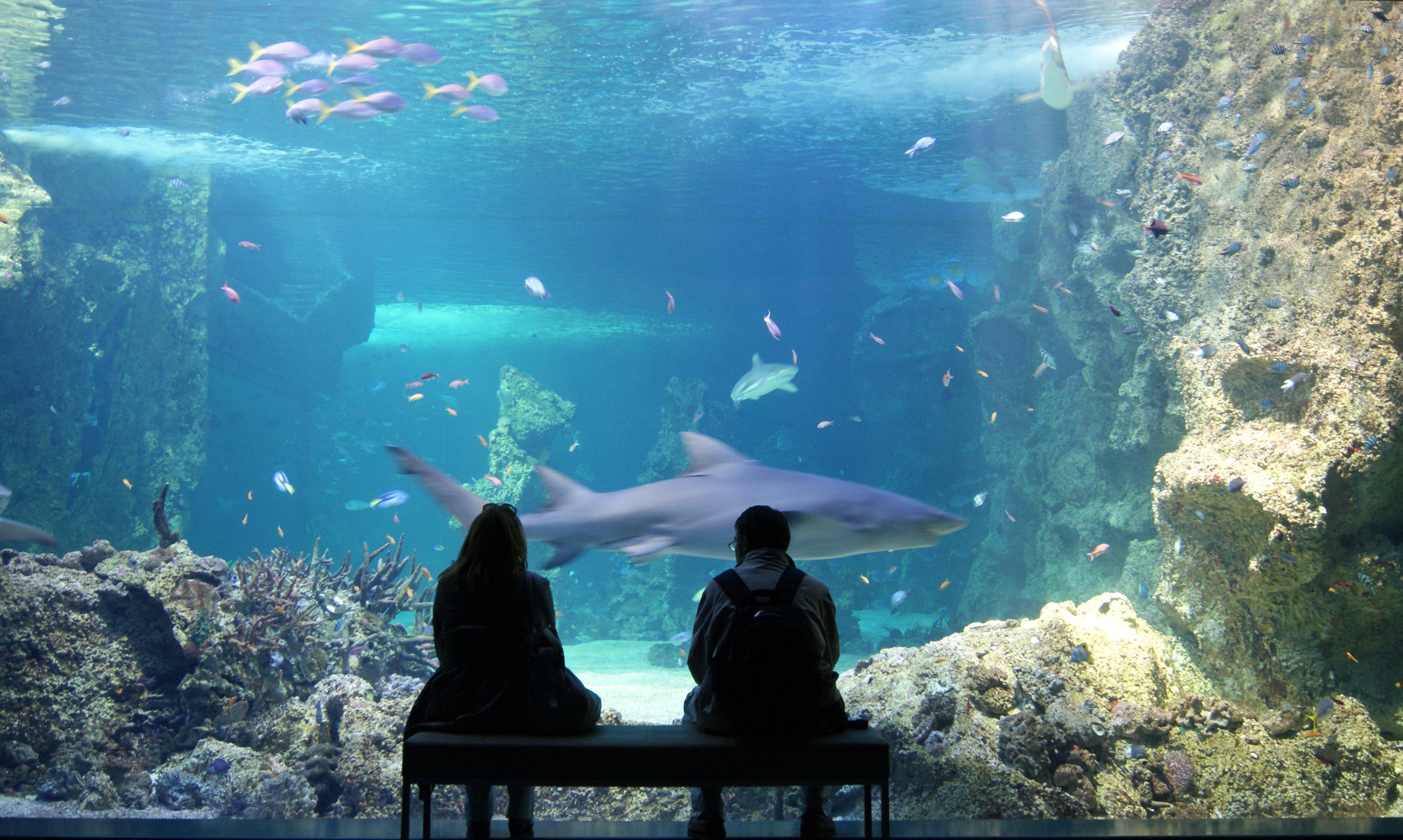
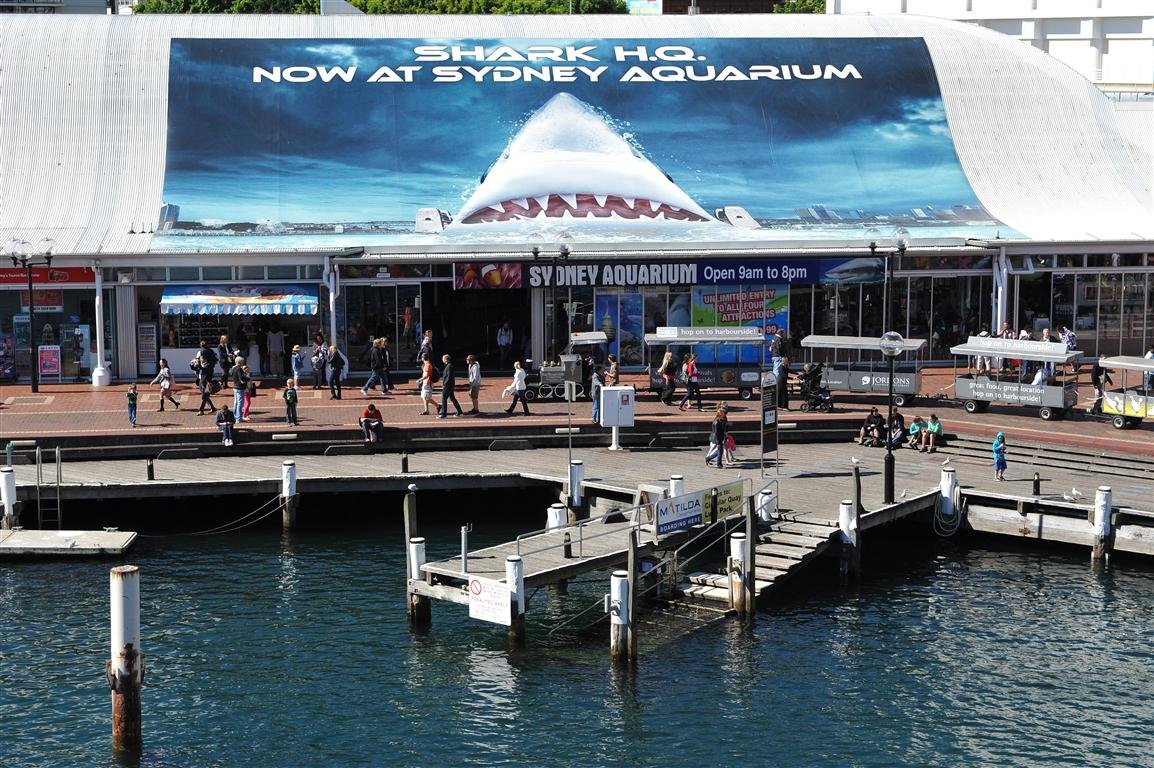
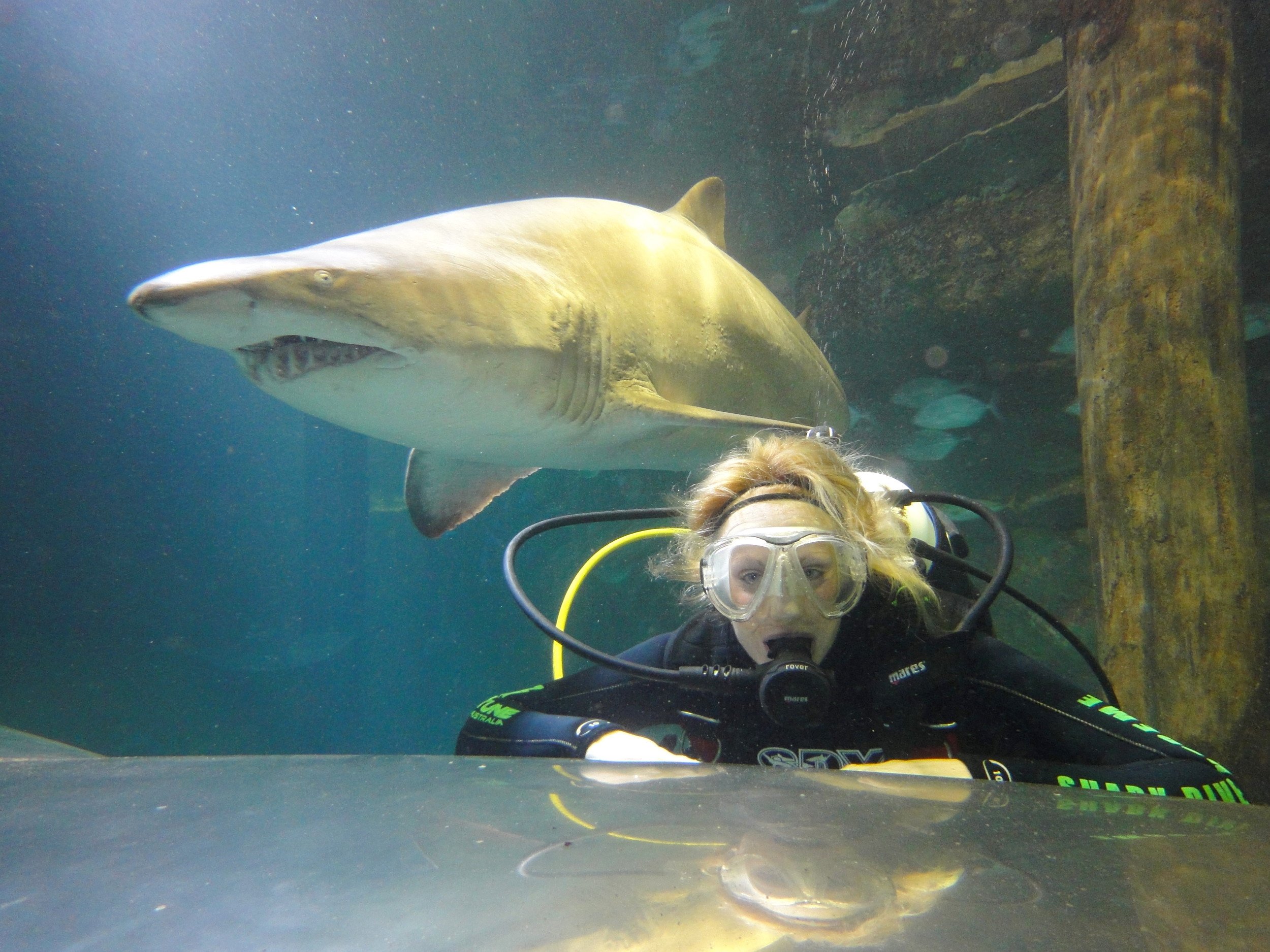
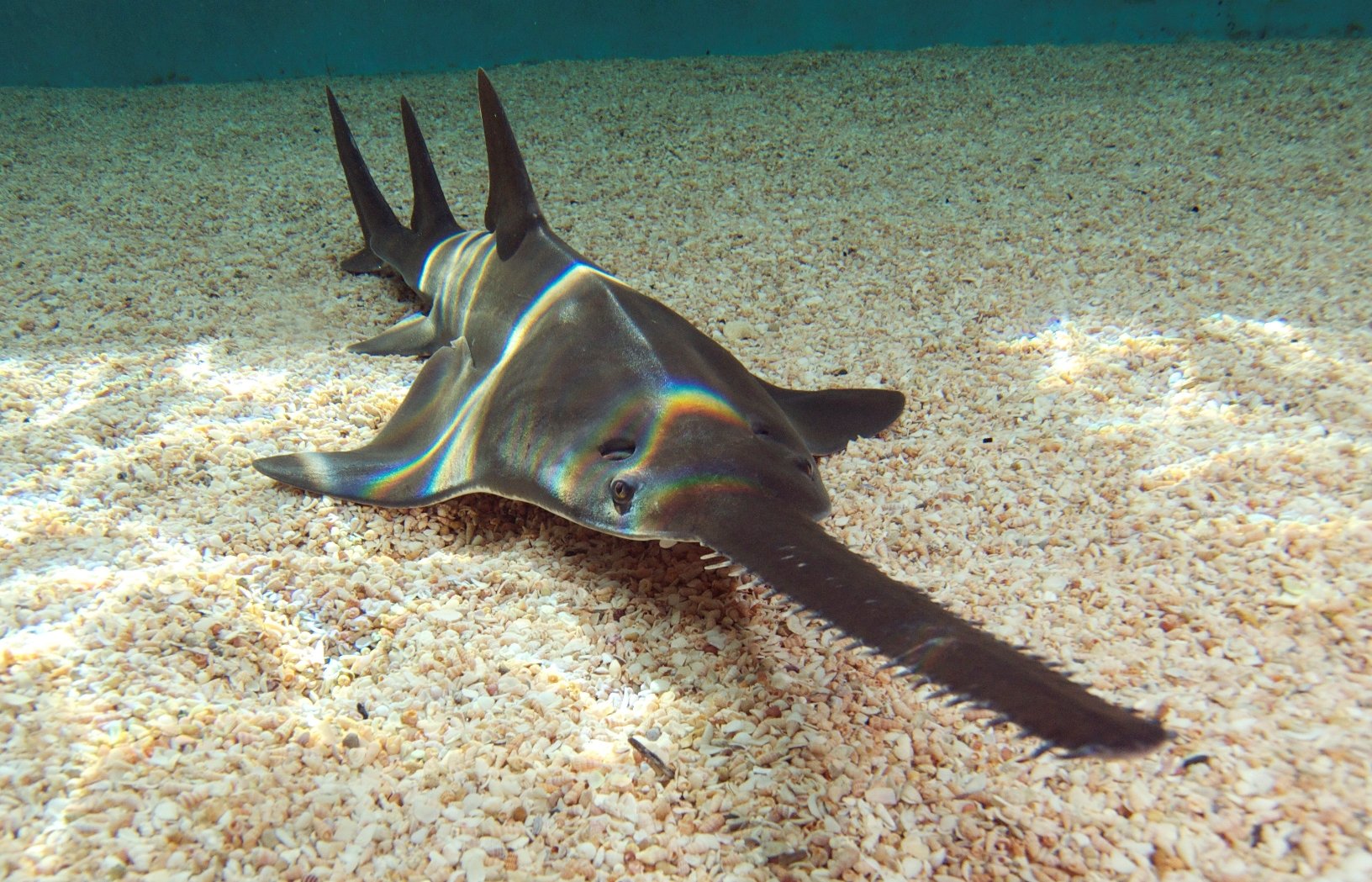
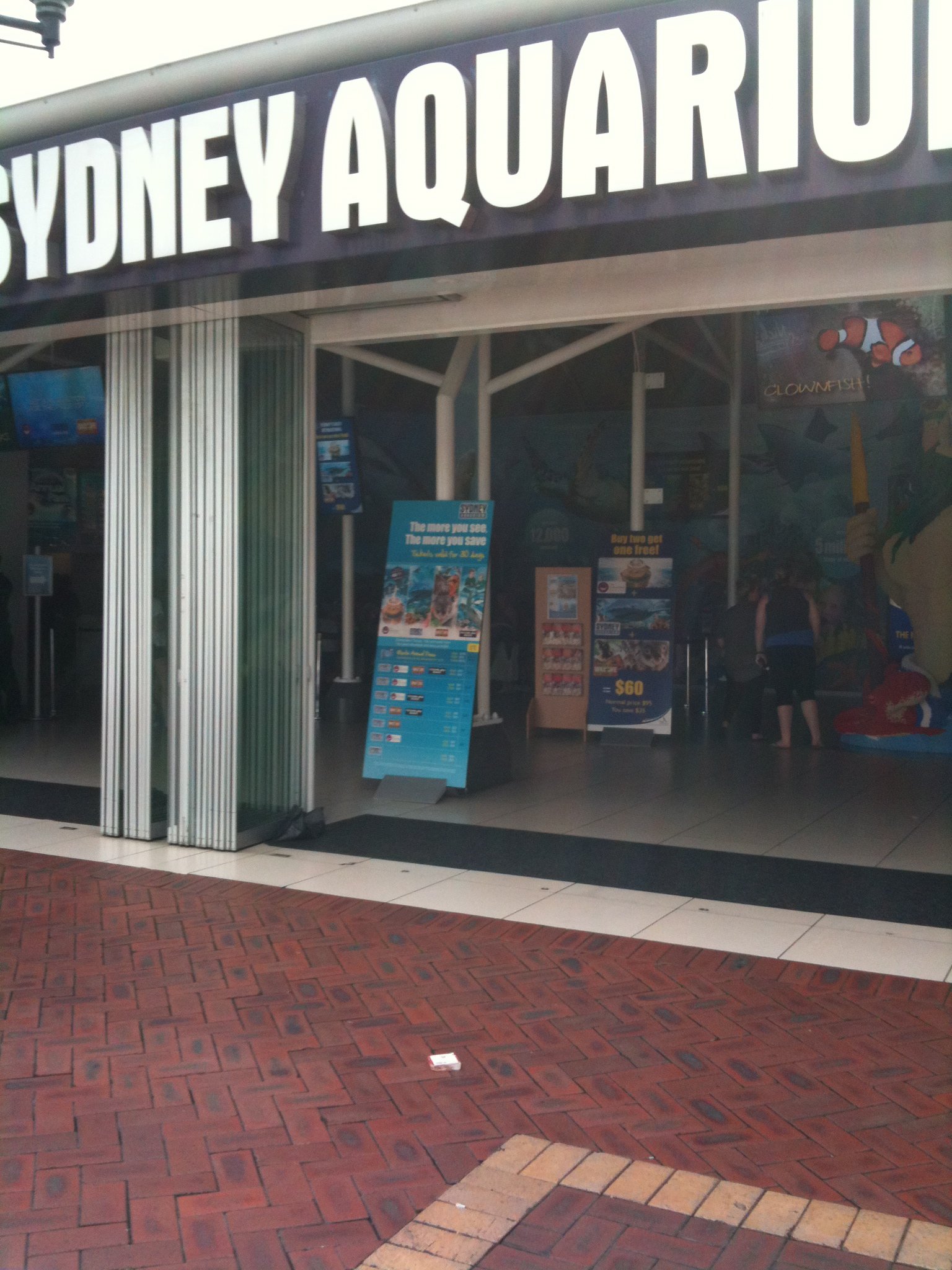
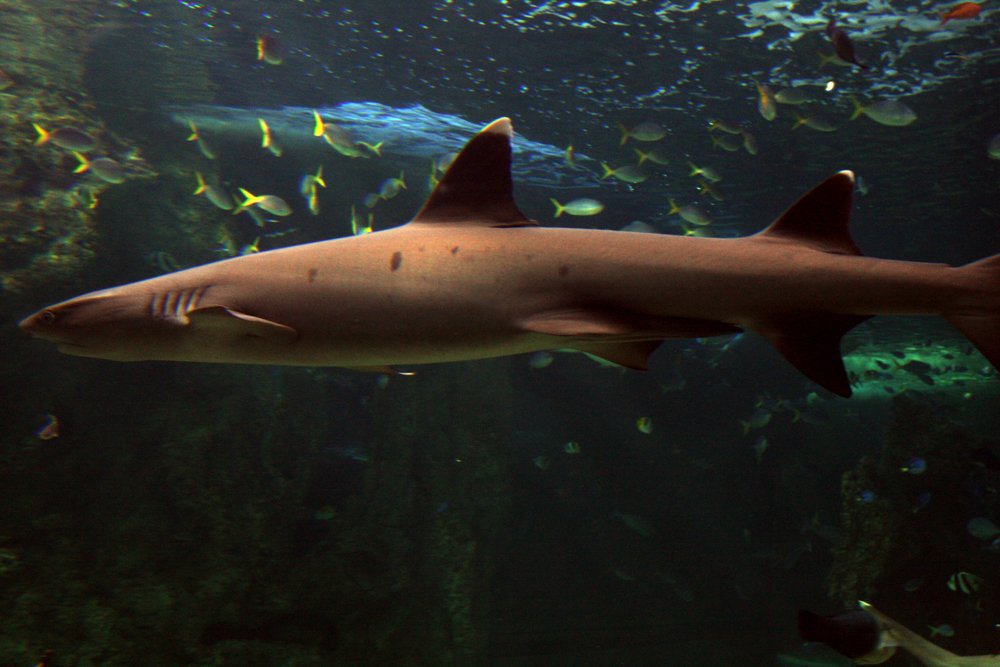
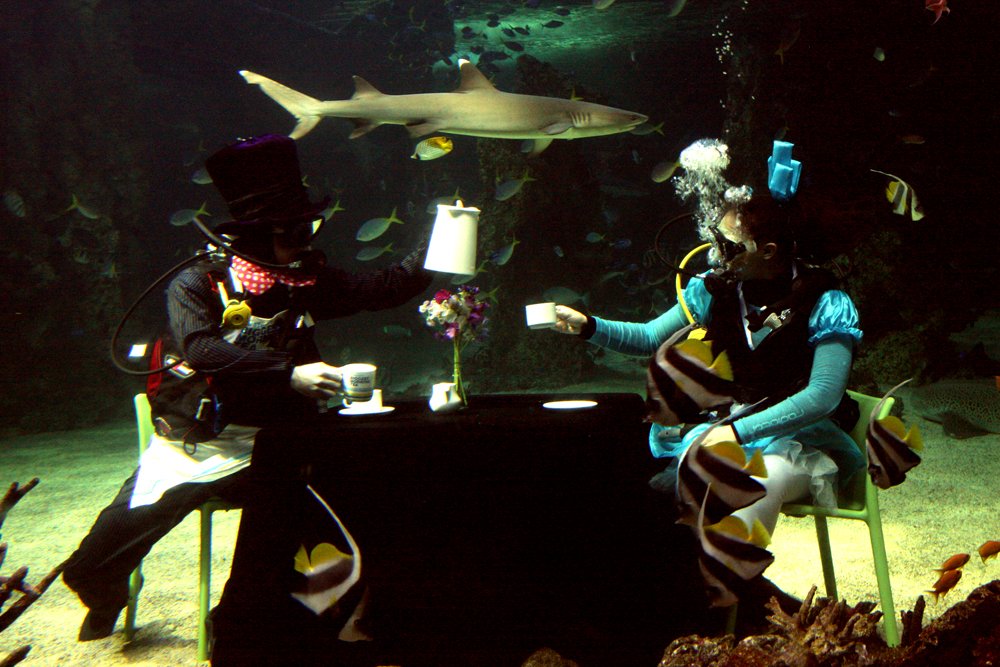
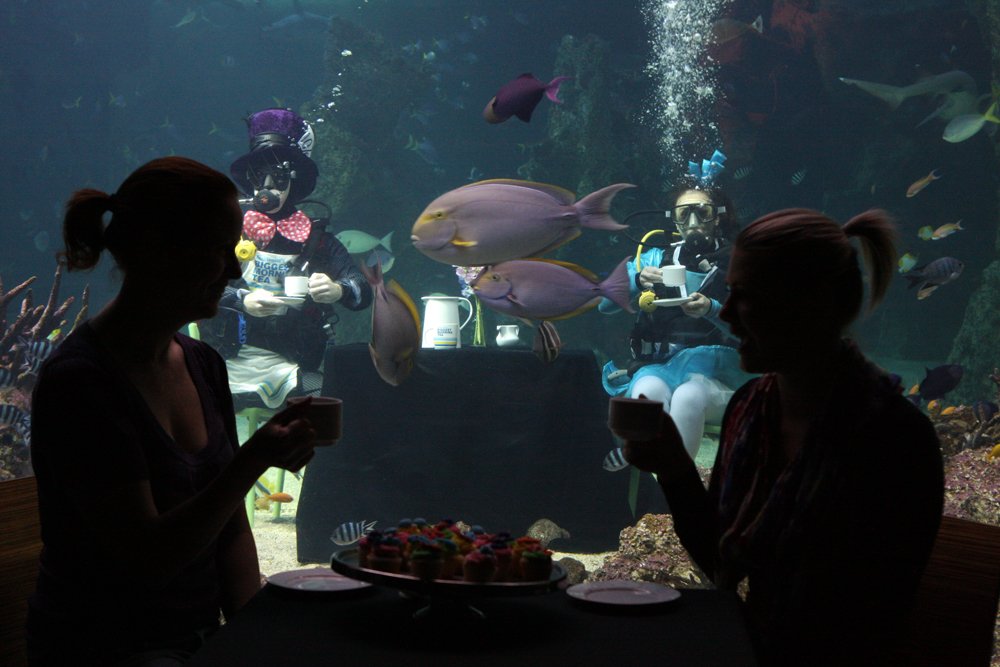
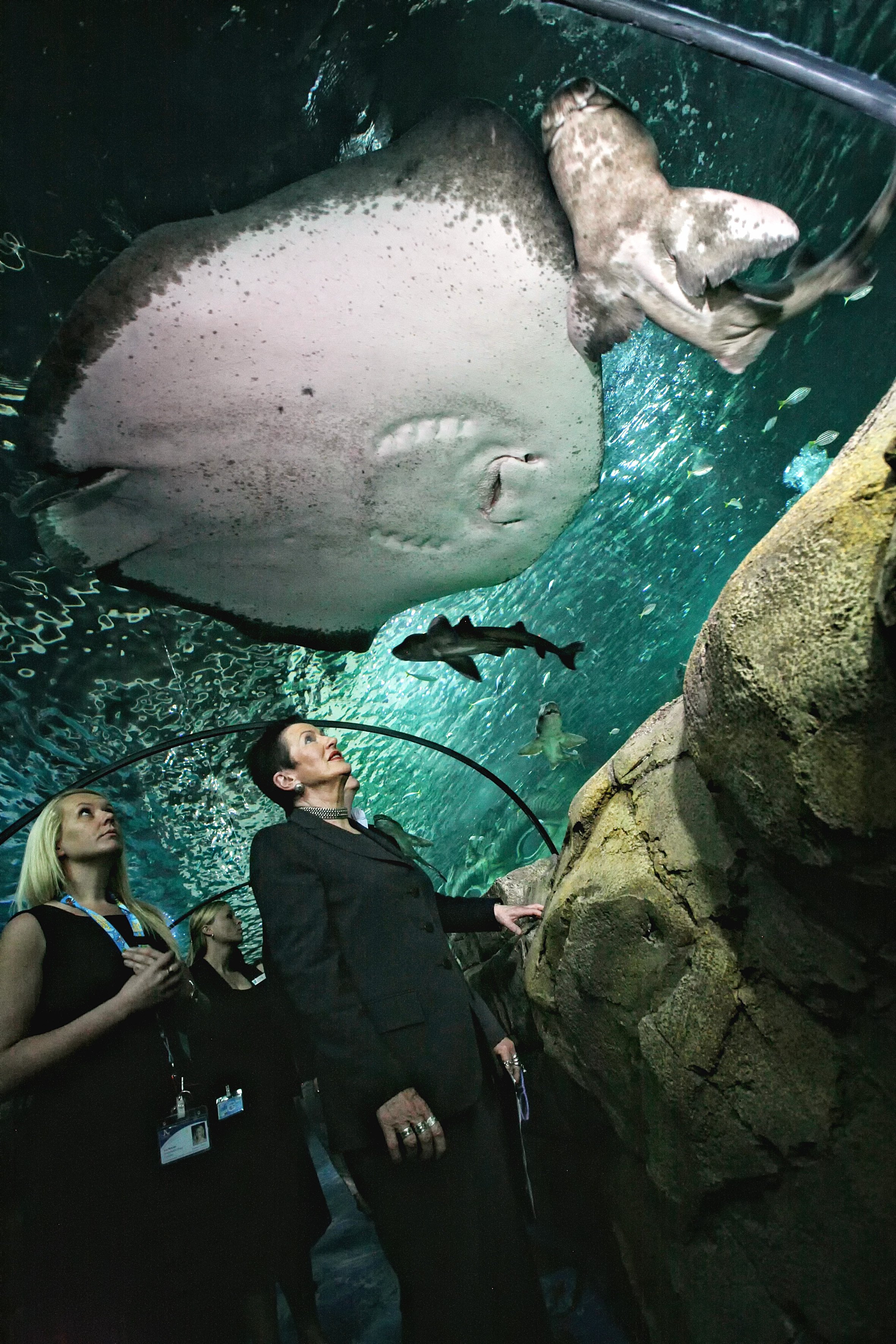
Video: Sydney Aquarium
Arrangement and inhabitants
The long queue at the Sydney Aquarium may frighten the visitor, but it is caused only by the unusual design of the entrance – to enter not through the doors, but into the open shark’s mouth.
.It takes at least four hours to fully explore the aquarium, as the Sydney Aquarium is divided into interesting themed sections: Northern Rivers, Southern Rivers, Great Barrier Reef and Southern Oceans. Its volume is more than 6 million liters of water, which fills three giant floating oceanariums, 27 large tanks and 23 small aquariums. Each of them maintains special conditions and temperature regimes necessary for their inhabitants. What there is here! Amazing live corals and amazing fish of the most fantastic colors, bloodthirsty sharks and the most ancient reptiles – saltwater crocodiles, seals and sea turtles – the underwater world stuns and fascinates visitors.
.Through the acrylic glass of transparent underwater tunnels, 150 meters long, you can see slowly hovering giant stingrays and deceptively lazy sharks, admire the fast seahorses and flocks of exotic fish, leisurely turtles and colorful starfish.
.In the open exposition each excursionist can not only observe the life of some representatives of marine fauna (crabs, sea urchins, tubeworms), but also get to know them better and even touch them with their hands.
.Invariable interest among visitors are ponds with crocodiles, including especially dangerous – saltwater. To the guests of the aquarium could be convinced of the potential threat of the sea depths, they have the opportunity to look at the dangerous representatives of marine fauna: blue octopus and fish “old mother-in-law”, whose bites are fatal.
.
Sharks of the Sydney Aquarium
One person dies every year from a shark attack. Yes, yes, you’re not wrong, exactly one. Then why are we so sure of the bloodthirstiness of these creatures and so panicky afraid of them? Such a frenzy began with the release of Steven Spielberg’s movie “Jaws”. After seeing the horrible creatures in the movie, people started a “big hunt”, as a result of which dozens of species of sharks were on the verge of extermination. Shark lips, fin soup and, of course, underwater hunting – all these human needs lead to the annual death of hundreds of thousands of individuals. The author of the short story that forms the basis of the movie claims he would not have written his work if he could have known where it would lead.
.
Here at Sydney Zoo, sharks can feel safe. In addition, here on one of the giant screens you can watch the movements of several free-living sharks with sensors attached to their fins. Thus, one of the young “marked” males – a homebody, he rarely swims outside his habitat, and the female, his age, regularly describes giant circles in search of prey and new acquaintances..
By the way, thrill seekers have a unique chance to dive deep to feed sharks directly from their hands – adrenaline rush is guaranteed.
.Useful information: opening times, prices, directions
The Sydney Aquarium, like most Australian attractions, is open to visitors 365 days a year, from 9:00 am to 8:00 pm.
.Tickets cost $22 for an adult visitor and $15.4 for a child, in addition the aquarium offers a “family ticket” for two adults and two children for $60.
The aquarium is located on the city side of Sydney’s Darling Harbour, just north of Pyrmont Bridge. You can get here by bus to stop #24 or walk from Market Street and King Street.
.
